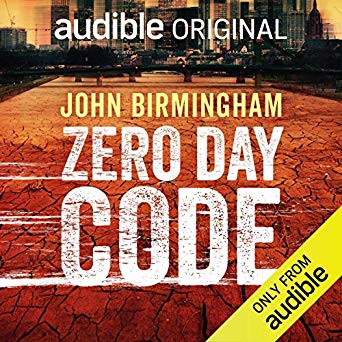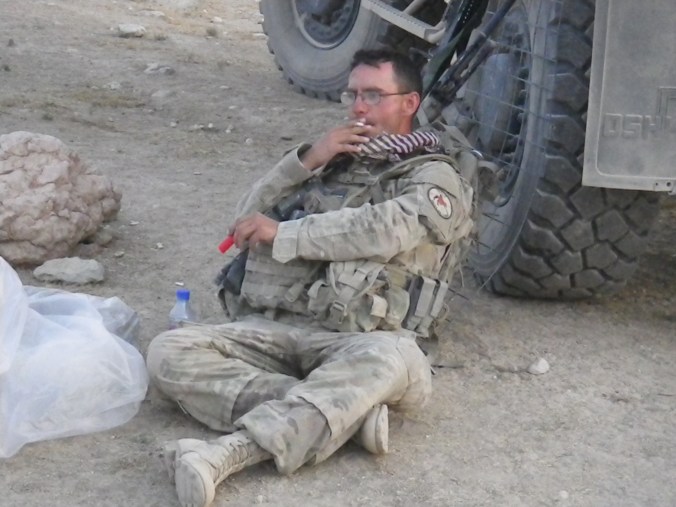
Readers will know that I’m a huge fan of John Birmingham’s apocalyptic serial novel on Patreon. So I’m not going to go into that subject today. Instead, I’m going to talk about the uber-geek side of me that enjoys Launch Day thoroughly. Not only do I track my own launches, but I track those of friends and authors I like. Some examples would be Jason Cox, Alicia Wanstall-Burke, and John Birmingham.
What do I mean by Launch Day? Well, it’s the day that has either been chosen by the publisher or the author to make a given work available to the public. This is a huge deal for the author, especially with a first book. The feeling is akin to dropping one’s pants in public; all of a sudden your secret scribblings are available for random people at large to examine with a critical eye.
There’s a lot of work involved in the launch. You give as many people as possible notice that your book is coming out via a news letter, social media or website, an author may make a book available for pre-order. In some cases the book is released as an advanced copy to reviewers to amp up the hype a little. LOL, of course this can backfire spectacularly, but it’s an acceptable risk.
As an author you look at the date and cross your fingers.
And then the moment arrives, and all you can do is check your figures on Amazon. What do I mean by this? I’ll give you an example of a book that’s been successful in the pre-order stage.

Look at the “Amazon Bestsellers Rank.” The lower the number, the better. The 1,278 number means that there are only 1,277 books that sell better on Amazon, a company that has literally millions of books in its catalog. Then look at the sub-categories. The book above is in the top 100 of two. This is excellent, as Amazon lists the top 100 books in an easy to browse format; the book gets exposure to more readers this way and sells more copies.
In the past I’ve been in the top 100 in my categories, but that only lasted for a little while shortly after launch. Some authors can sustain high sales no matter what, of course. An example would be Steven King. But let’s not do comparisons with that guy, because then I’ll get so discouraged that I’ll never write again.
OK, so the book launches and it’s a big deal. At first there is no Bestsellers Rank because the number only shows (1.) when someone has bought the book, and (2.) when the page refreshes hourly. I eagerly watch this number on books that I’m tracking because it strongly hints at sales volume. As the number scrolls downward, I cheer the book and the author on, there is a great deal of vicarious enjoyment for me in this process.
The next launch I’m tracking is Birmingham’s Zero Day Code, of course, on July the 4th. I’m going to totally geek out on this and follow it closely- this is my World Cup or Super Bowl.
Besides the Bestsellers Rank, another thing to keep track of is the reviews. These are crucial to generate “social trust” of a given work. Some people say they won’t read a book unless it has at least ten reviews; so reviews are a big deal and they’re very hard to get. Full disclosure: I’ve sold thousands of books, not sure how many. There’s fewer than 100 reviews of my trilogy worldwide. So doing some simple math that means that I’ve gotten approximately one review per fifty odd readers.
Tough to get reviews. That’s why I usually review good books both on my website and Amazon.
So the book launches and I periodically check Amazon. Why Amazon? Transparency and ease of tracking. I watch the numbers, I switch between various Amazon national sites. Now, I’m not completely anchored to the computer during this process unless it’s my own book. If that’s the case I’m glued to the screen. For other authors I check periodically during the day around stuff like mowing the grass.
This is my weakness, Launch Day. Some have billiards, some have football, some have model planes.
Me? I cheer on other’s success and the culmination of months, years, of hard work.
Launch Day is great, super-geeky fun.




